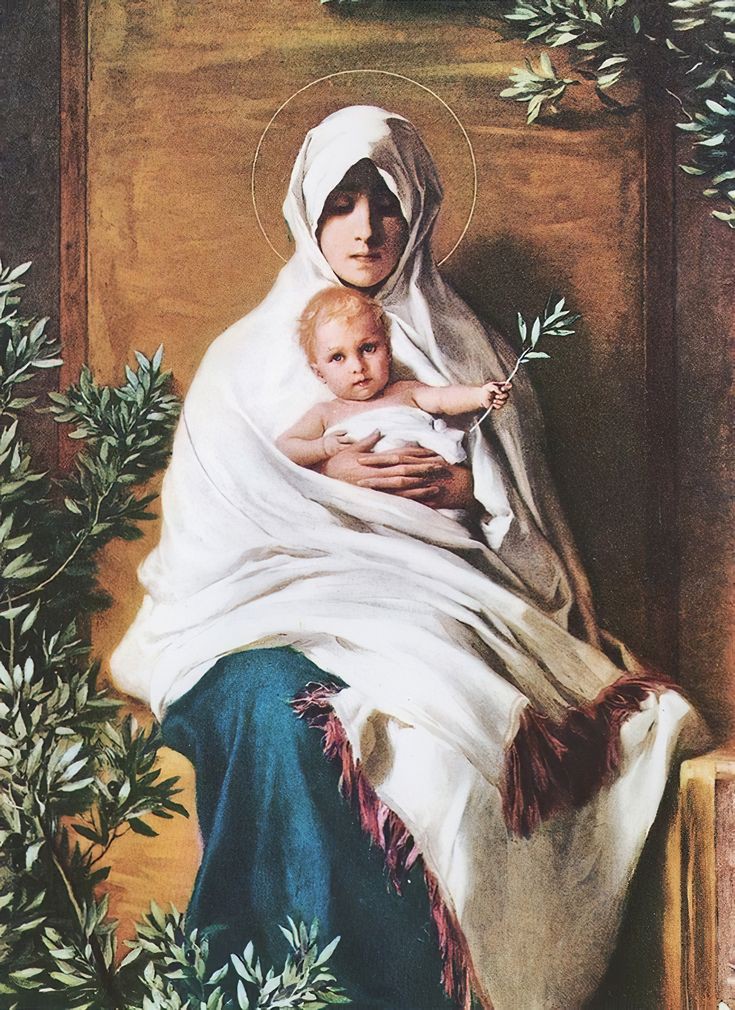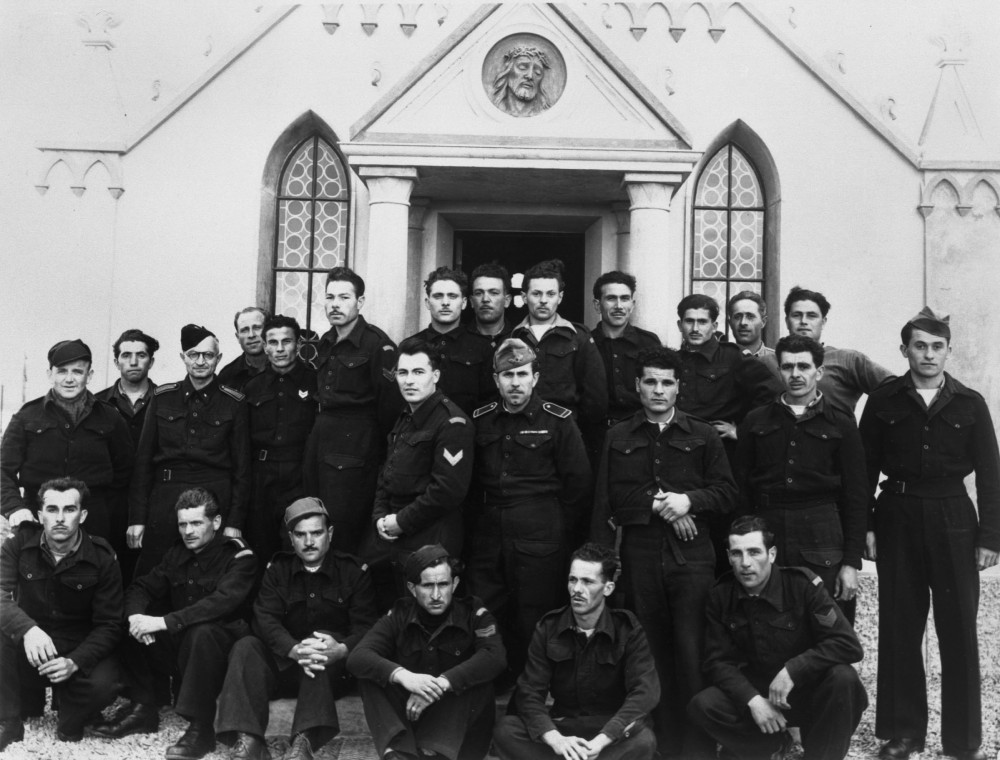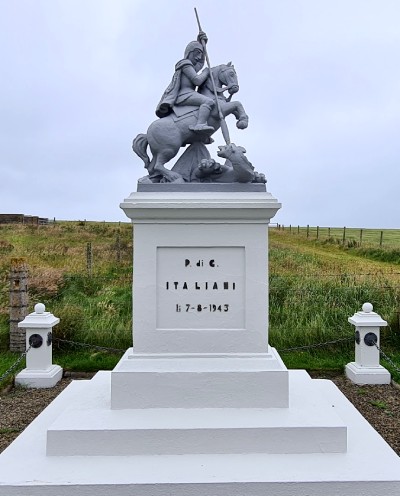The Italian Chapel
The Italian Chapel in Orkney is a remarkable testament to human creativity and resilience, born out of the hardships faced by Italian prisoners of war during World War II.
The genesis of the chapel lies in the strategic imperative to protect the British fleet in Scapa Flow following the devastating attack on ‘HMS Royal Oak’ by a German submarine in October 1939. Winston Churchill, then First Sea Lord, sanctioned the construction of barriers to seal off four eastern entrances to the naval base, but there was a critical shortage of manpower. Thousands of Italian soldiers, captured in North Africa, provided a solution. Transported to Camp 60 on Lamb Holm and Camp 34 in Burray, these men became reluctant labourers in a landscape that couldn’t be more different from their homeland.


Amid the bleakness of internment, a request from the camp priest, Fr. Giacobazzi, to create a place of worship saw the transformation of two Nissen huts into the Italian Chapel. Leading this transformation was Domenico Chiocchetti, an artist amongst the prisoners who carried with him a small prayer card given by his mother – a precious link to his roots and faith. On the card was a Barabino painting, The Madonna of the Olives by Nicolo Barabino. Chiocchetti painted a poignant rendition above the makeshift altar, infusing the chapel with a spirit of devotion and hope.

Chiocchetti, alongside fellow craftsmen like Giuseppe Palumbi, a blacksmith, and Domenico Buttapasta, a cement worker, worked tirelessly to embellish the chapel’s interior. The construction was not merely a task of physical labour but a labour of love and faith amidst the harsh realities of their captivity. Major Buckland, the camp commander, recognized Chiocchetti’s exceptional talent and permitted him to continue his artistic work—a rare gesture of humanity amidst the backdrop of war.
The Italian Chapel is filled with poignant symbolism demonstrating the faith and heart of the prisoners. These include;
- A cherub with a sword, putting it back into his scabbard symbolising and end to fighting
- Text in the painting says, “Regina pacis ora pro nobis” meaning, “Queen of peace, pray for us”
- Prominent doves of peace
- The child Christ is holding an olive branch, the symbol of peace
- A metal heart in the floor
Decades later, the Italian Chapel remains a beloved attraction in Orkney – a testament to the enduring bond between the Italian POWs and the local community. Particularly strong is the connection with Moena, Chiocchetti’s home town, where his family members continue to visit the chapel, maintaining ties forged during a time of hardship and separation. Antonella Papa, a restoration artist from Rome who contributed to the preservation efforts in the Sistine Chapel, also lent her skills to refreshing Chiocchetti’s paintings, ensuring the chapel’s legacy endures.

However, the chapel’s history is not without its moments of sorrow and resilience. In August 2014, three of the Stations of the Cross were stolen, prompting the installation of CCTV cameras to protect this symbol of peace and forgiveness. Despite such setbacks, the Preservation Committee continues to welcome visitors, sharing the chapel’s story through multilingual booklets that recount its construction and significance.

Domenico Chiocchetti, the chapel’s artistic visionary, embodied the spirit of endurance that defined the Italian POWs’ experience in Orkney. Born in Moena, nestled in the Dolomite Mountains, Chiocchetti harboured dreams of becoming an artist – a dream deferred by poverty and the call of duty. His artistic journey began with an apprenticeship in church painting, mastering techniques that would prove invaluable in the unlikely setting of Lamb Holm.
Called to serve in the war, Chiocchetti joined the 6th Anti-Aircraft Regiment of the Mantove Division, stationed in the Libyan desert. His military career, however, took an unexpected turn when he was captured by Canadian troops. Interned in a POW camp in Egypt, Chiocchetti’s fortunes changed when his artistic talents were recognized – a stroke of luck that saw him transferred to more favourable conditions within the English quarters.
His time in captivity was marked by compassion and creativity. Chiocchetti recounted his role in copying and enlarging family photographs, providing a rare glimpse of humanity amidst the deprivations of war. He used his earnings to alleviate the hunger of his fellow prisoners, reflecting a deep-seated loyalty and camaraderie that sustained them through hardship.
The journey to Orkney marked a significant chapter in Chiocchetti’s life. Transported across the Atlantic via Liverpool, Edinburgh, and Aberdeen, Chiocchetti and his fellow POWs arrived in the Orkney Islands to participate in the construction of the Churchill Barriers an engineering feat designed to secure Scapa Flow against further incursions. The conditions on Lamb Holm were harsh, the climate unforgiving a stark contrast to the warmth and beauty of Chiocchetti’s Italian homeland.
Yet, amidst the challenges of internment, Chiocchetti found solace in his art. The chapel project became a beacon of hope, a testament to the resilience and creativity of the Italian POWs. Led by Major Buckland, who harboured a deep admiration for Italian culture, the POWs were granted some measure of autonomy through ‘piece work’—an arrangement that allowed them to complete their tasks and earn respite from the monotony of camp life.

Adjacent to the car park stands a sculpture of St. George on his rearing horse, slaying a dragon with his lance. This often overlooked statue was created by Domenico Chiocchetti, a camp prisoner and artist, who aimed to lift the spirits of his fellow captives as the Italian war effort began to falter. Completed on August 7, 1943, the statue was erected in the camp’s parade square atop a plinth inscribed with ‘P di G, Italiano, Li 7-8-1943’, where ‘P di G’ stands for prigioniero di guerra, Italian for Prisoners of War.
St. George is widely recognised as the patron saint of England, but he is also the patron saint of soldiers and several Italian towns and villages. According to fellow prisoner Bruno Volpi, the sculpture symbolised the desire to eliminate all wars and the suffering they cause, representing a will to end misunderstandings between different cultures. The artwork served as a concrete representation of peace and unity among the prisoners.
During the statue’s restoration in the 1970s after it was badly vandalised, a hidden container was discovered within the plinth. This container held an old milk bottle with rolled-up papers, Italian notes, and coins, documenting the names of the camp prisoners. Unfortunately, water damage rendered the names illegible. The bottle was replaced with new contents, including British coins from the restoration year. Additionally, a replica lance was crafted by a local blacksmith, adding to the sculpture’s hidden secrets. This remarkable piece, made from scrap barbed wire and cement, is not only an impressive work of art but also a powerful symbol of hope and resilience.
The barriers were built between May 1940 and September 1944, primarily as naval defences to protect the British Fleet anchored at Scapa Flow, especially after the successful U-boat attack sinking the HMS Royal Oak. In August 1949, the Third Geneva Convention Relative To The Treatment of Prisoners of War came into effect making it a war crime to force prisoners of war to engage in exactly this type of work. It must be recognised, therefore, the toil, hard labour, awful and unreasonable conditions to which these prisoners were subjected.

The Italian Chapel became a hub of creativity and community. Amidst the backdrop of barbed wire and prison guards, the prisoners found ways to express themselves through music, theatre, and sports. Chiocchetti’s artistic prowess extended beyond the chapel walls, with elaborate theatrical productions and musical performances bringing moments of joy and cultural exchange to the isolated island community.
Chiocchetti’s daughter, Letizia, continues to honour her father’s memory as Honourary President of the Preservation Committee, ensuring that future generations understand the chapel’s significance in the tapestry of Orkney’s history.
In August 2014 someone entered the Italian Chapel and stole 3 of the wooden, hand-carved stations of the cross (stations 4, 5 and 6). The 14 plaques were a gift from the chapel’s creator Domenico Chioccetti and his wife in 1964. They portray incidents in Christ’s journey to the cross. The missing stations have never been found. However, CCTV and other security measures were added as a result. By October that same year, three replacement plaques had been received. The author of Orkney’s Italian Chapel: The True Story of an Icon, Philip Paris, was in Italy recently and collected the replacement artwork from chapel creator Domenico Chiocchetti’s daughter, Letizia. The original set of stations, depicting Christ’s journey to the cross, was created in Moena, in Italy, and was a personal gift to the chapel from Domenico Chiocchetti. After the theft, John Muir, Italian Chapel Preservation Committee secretary, confirmed that replica plaques would be crafted by the same company in Moena which created the originals. Mr Muir sent one of the original plaques to Italy for the craftsman to match the shape, size and type of woods used in creating the originals.
Since then there have been multiple restoration activities conducted to preserve the original art work, including by Antonella Papa.
The entire island of Lamb Holm including the Italian Chapel is owned by local man Tommy Sinclair. The chapel’s care is the responsibility of the Italian Chapel Preservation Committee.
Other than regular mass times at the Italian Chapel, you can visit as below.
Opening hours:
- November – March open 10.00 – 13.00 every day except Christmas Day and New Year’s Day
- April and October open 10.00 – 16.00 every day
- May and September open 09.00 – 17.00 every day
- June, July and August open 09.00 – 17:30 everyday
Admission is £4.00 per person, with free entry to those 12 and under, accredited tour guides & drivers. Advanced booking is essential for larger groups.
You can contact their information desk on 01856 781580.
See Mass Times for our services at the Italian Chapel, which are free to attend.

